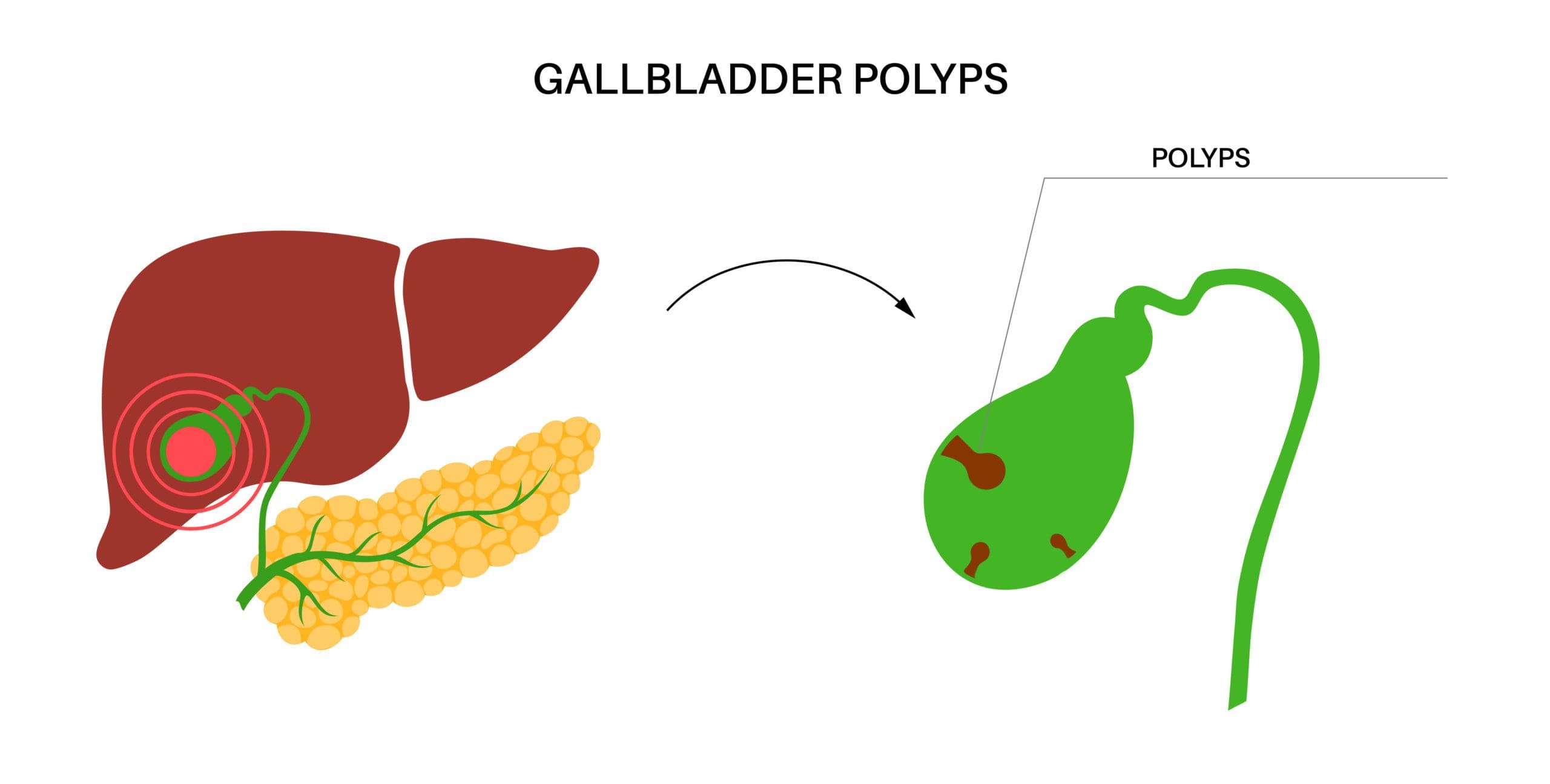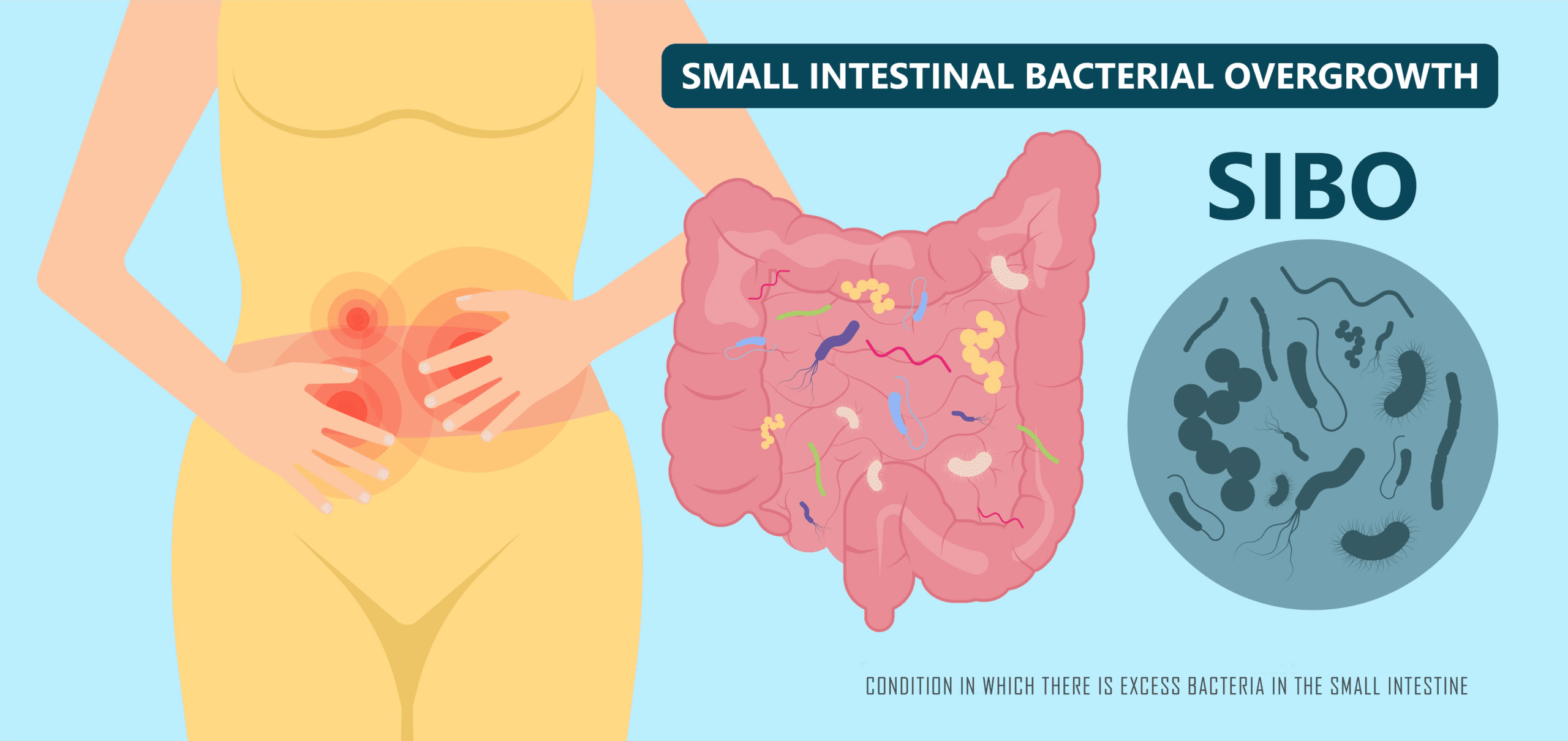What to do about gallbladder polyps
By naturopath Margaret Jasinska
Gallbladder polyps are a common finding on abdominal scans. We receive a lot of questions about them from patients. Should you be concerned if you’re told you have a gallbladder polyp? Are they likely to lead to cancer? Should you have your gallbladder removed? These are all common questions asked by our patients. I hope this article will give you helpful information.
Polyps in the gallbladder usually do not cause any symptoms and are generally discovered incidentally during an upper abdominal ultrasound. The good news is approximately 95 percent of gallbladder polyps are benign, meaning they are not cancerous. There is potential for them to become cancerous in the future, so it’s best to be monitored and try your best to improve your health.
If one or more polyps have been found in your gallbladder, you should have another ultrasound in three to six months to check if they’ve increased in size. Gallbladder polyps should not have increased in size significantly after that time. If a polyp has turned cancerous, it usually becomes substantially larger in that time frame.
Some doctors recommend the gallbladder be removed if a polyp is greater than 0.4 inches in size because of the risk it may turn cancerous. This is usually not necessary. It’s best to just keep monitoring it with ultrasounds and in the meantime, follow the healthy guidelines in our book, Save your Gallbladder Naturally and what to do if you have already lost it. Chronic irritation to the lining of your gallbladder can lead to polyps forming eventually. Your gallbladder lining can get inflamed if your liver is not producing healthy bile. People with a fatty liver, inflamed liver or sluggish liver typically make poor quality bile. People with high cholesterol or insulin resistance are usually in the same scenario.
Since polyps can be a precancerous condition, it is important to do everything you can, to strengthen your immune system and have a healthy liver and gallbladder.









Leave A Comment